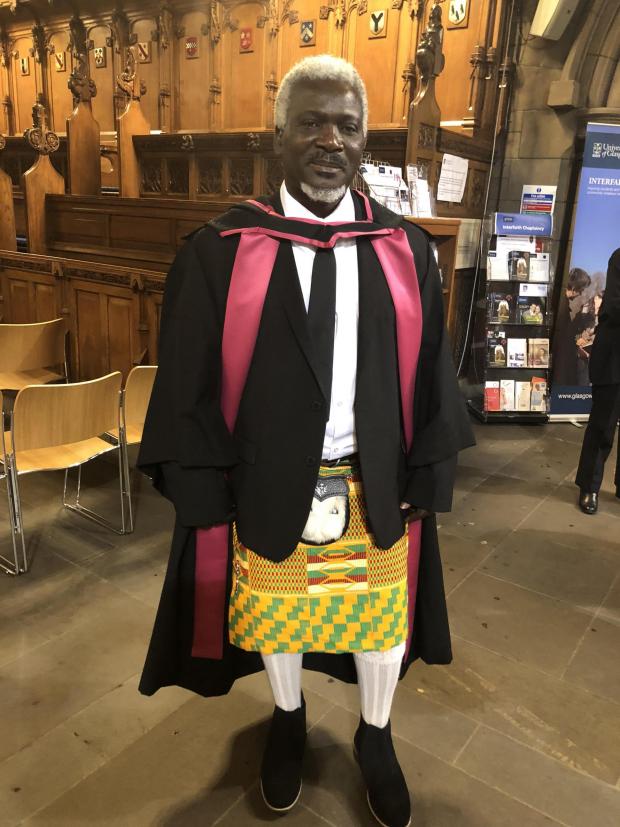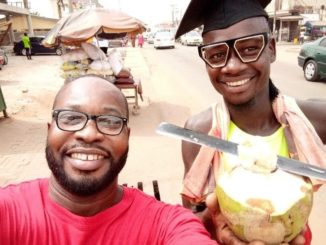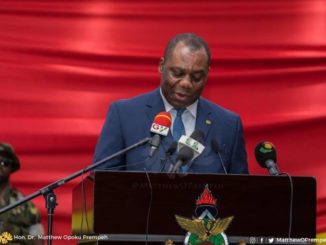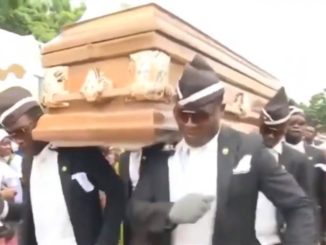“The story the kilt is telling is also the story of my life in Glasgow – all the elements in the kilt are elements of my life in Scotland,” he said. “I have explored so many things and met so many people here.

“Scotland has been very good to me and my family and it feels like home to me as much as Ghana. I have made many friends and my graduation from the University of Glasgow on Thursday was a very proud day.”
They married and settled in Scotland, where Dr Tordzro first visited them in 1983. Originally trained as a teacher, he had become a theatre director and film and TV producer in Ghana and, with his strong interest in the arts, helped his brother relaunch Pan African Art Scotland (PAAS) which was initially set up to promote African arts in Scotland.
“When I joined there were a lot of refugees in Scotland so we began to try to work with young people and create opportunities for them to exploit their talent,” he explained.
He was eventually asked to become artist in residence for the organisation and after moving to Glasgow in 2003 he was appointed artistic director in 2006. Since then he has delivered numerous arts projects and initiatives, including Hesu, which he founded as the first PAAS African-Celtic fusion resident band. The Glasgow Highlife Band came next and in 2014 he founded Ha Orchestra, the first African Orchestra in Scotland.
He was nominated for the Critics Award for Theatre in Scotland (CATS Award) 2015 and became a co-winner of the music and sound category for his music work on the Last Dream (on Earth) production in 2015. This was produced and directed by Kai Fischer with support from the National Theatre of Scotland and Creative Scotland.
“Through that I became interested in doing a PhD and got a scholarship in 2014 for one in creative arts research,” said Dr Tordzro.
“Last week was my graduation and as I had always wanted to make a kilt I decided this was the best opportunity.
“In making it I explored the traditions that cut across from Ghana to Scotland. We have a traditional hand woven fabric that is the Ghanaian equivalent of the Tartan so I used this for the material.
“The maroon colour in it stands for the lifeblood of the people of Ghana, the green in it is for the vegetation because Ghana has rainforest as well as sub-Saharan grassland and a coastline. The yellow gold symbolises the very rich resources of the country – not only gold but crude oil, bauxite and cocoa.
“Finally the very thin white line which cuts across the colours symbolises peace, as the people of Ghana are very peace loving.
“It turned out well and I wore it very proudly.”



